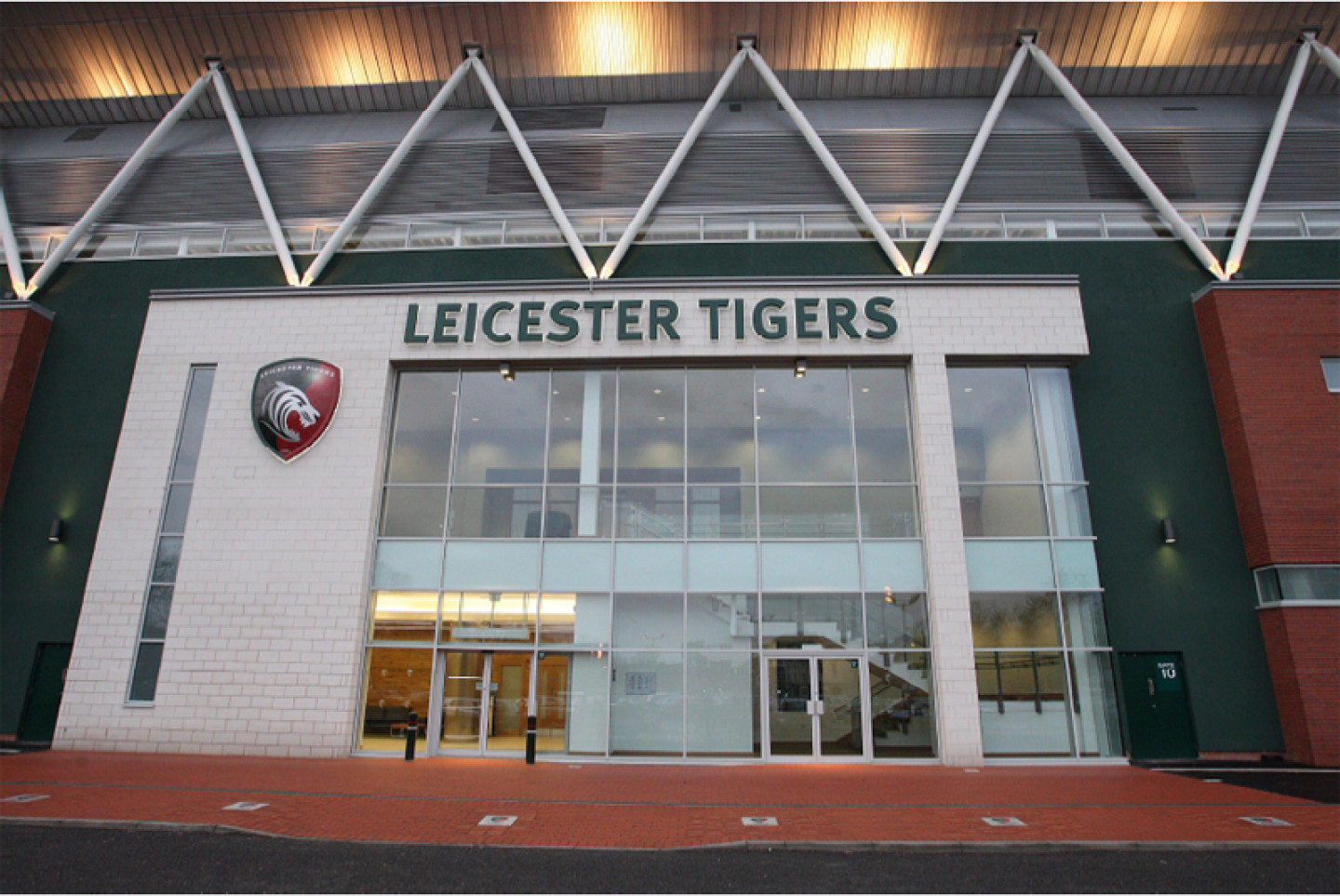The first phase of the redevelopment scheme is the club’s new North Stand which combines match day seating with conference and banqueting facilities. Flexibility, ease of management and energy efficiency were all high on the agenda when specifying the lighting control system and, after some deliberation, consultants Hannan Associates specified a Jung KNX and DALI system for the stadium.
Explains Paul Murphy from Forumtechnik, the integrators on the project: “Stadiums not only need to perform well on match days, they also need to maximise their potential as revenue generators for the club on non-match days and run efficiently as business locations. As a result, the lighting control system needs to be flexible enough to adapt to the environment’s changing needs and have the potential to grow with the stadium as those needs change. By using the KNX open protocol, Leicester Tigers have futureproofed the lighting control system, ensuring that elements can be added and integrated simply and cost-effectively in the future.” At the heart of the KNX lighting control system installed in the North Stand is a Jung Facility Pilot touch screen control panel that can be used to control any element of the lighting remotely from the reception area. From here, the end user can switch or dim particular interior or extra lights or set the lighting to pre-programmed ‘scenes’ which are designed to ensure that the lighting is used energy efficiently on an as-needed basis, reflecting the changing requirements of the stadium over the course of a week.
Barry Bilclough of Jung UK explains: “The lighting required Monday to Friday if there is no match is very different for what’s required for the cleaners or on match days. By having all these scenes pre-programmed into the touch screen unit, the club can ensure that the lights are always being used cost- and energy-efficiently but can still override individual lights if they so choose.” Throughout the stand the lighting is controlled by a combination of these preprogrammed scenes, manual switching and movement detectors to ensure that the stadium’s practical needs are combined with its emphasis on energy efficiency. The stand’s exterior lighting and accent lighting is also controlled by the Jung Facility Pilot software and this can even be activated by remote access.
The conference and banqueting facilities at the stadium are a significant revenue generator for the stadium and this area of the stand has also been designed with flexibility in mind. The space can be used as a single, large suite or it can be subdivided in a number of configurations into smaller rooms. The lighting control system has been designed so that the Jung Facility Pilot can be used to control all the lighting for the entire space or distinct areas in different combinations. Each separate area also has its own Jung FD switches to allow local control of the lights too.
Barry adds: “KNX is supported by the world’s leading manufactures, which allows the specifier an almost endless amount of product choice. It is also able to integrate many other building functions on a single system including, HVAC, smart metering, facade management, etc. KNX system specified at Welford Road can monitor both internal and external lighting levels and adjust the output of the fittings accordingly. And with the preset scene modes centrally controlled to activate the lighting throughout the stadium to the most efficient levels during its various functions and daily maintenance cycles, energy consumption is dramatically reduced. In a sports stadium, no two days are ever the same and with a complex yet simple-to-operate lighting control system like this, the club can be ready for anything.”.
